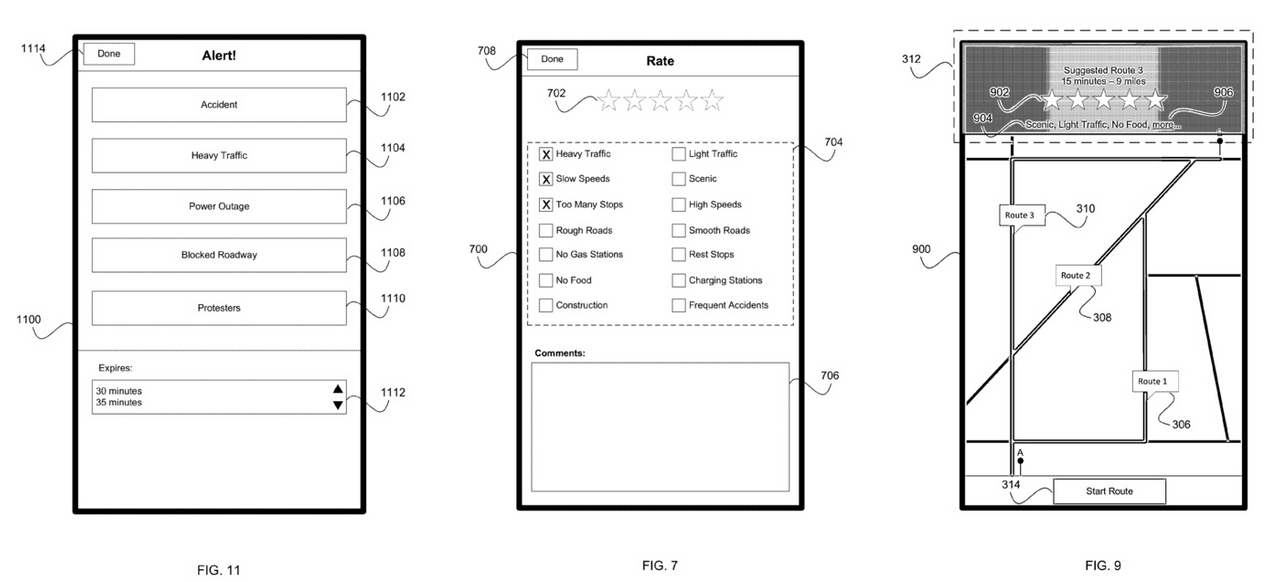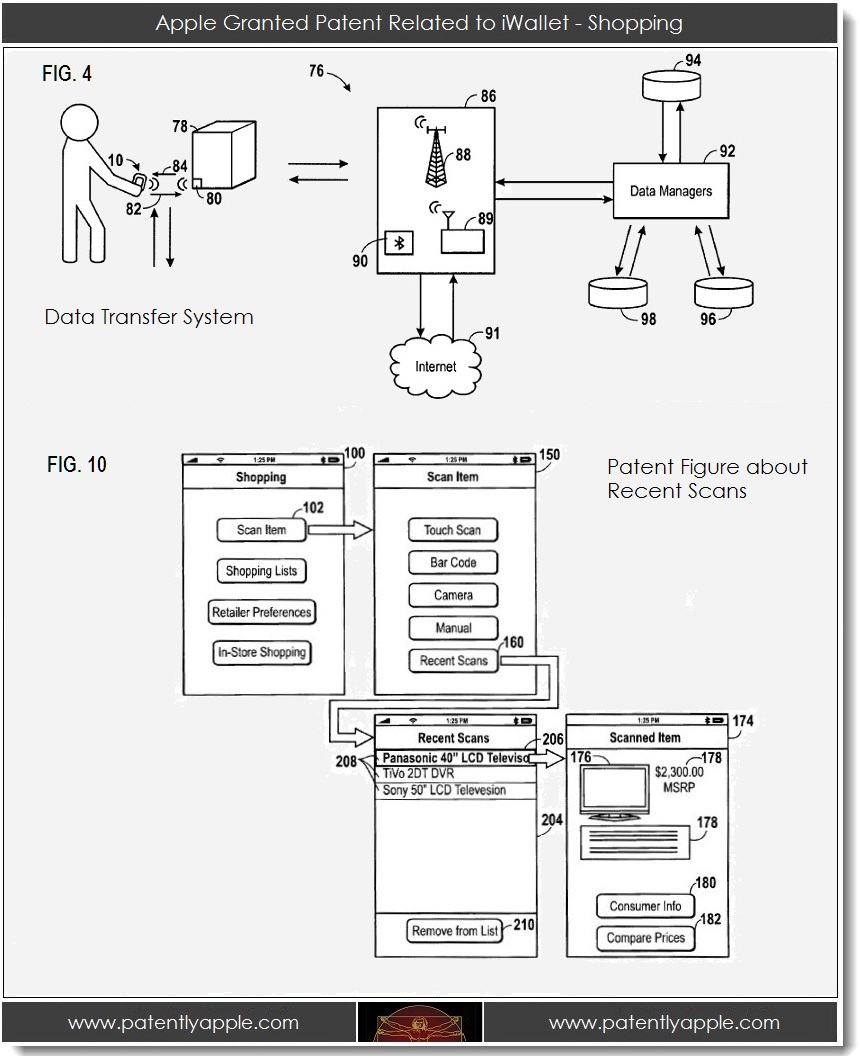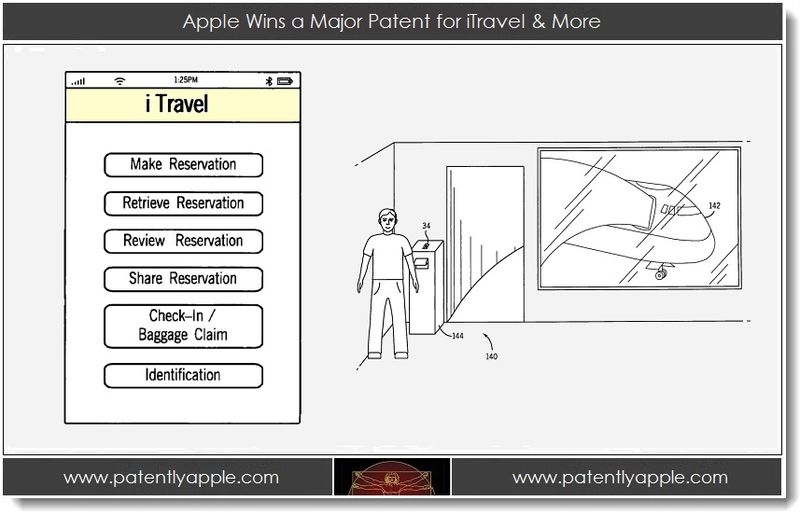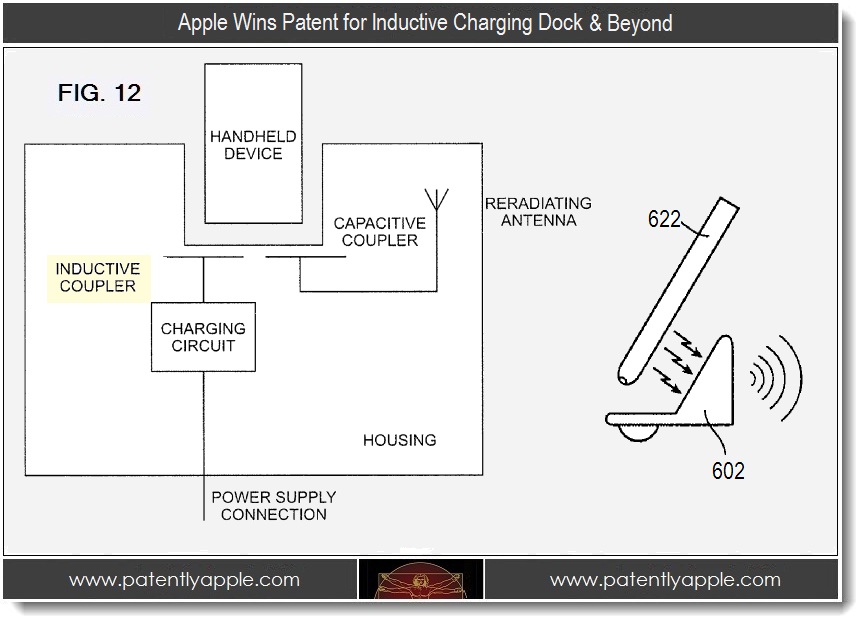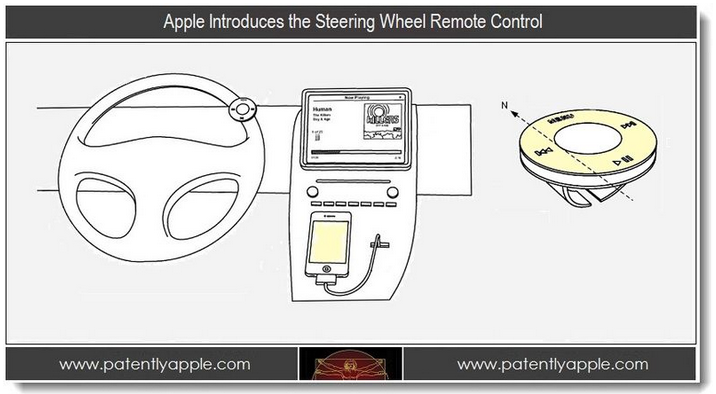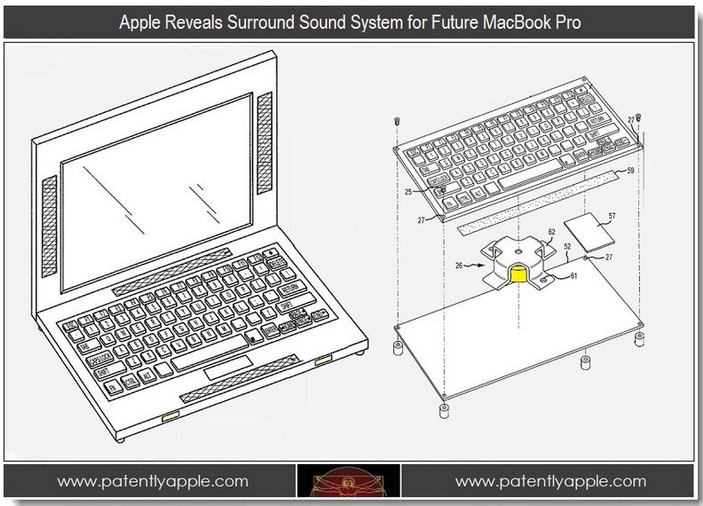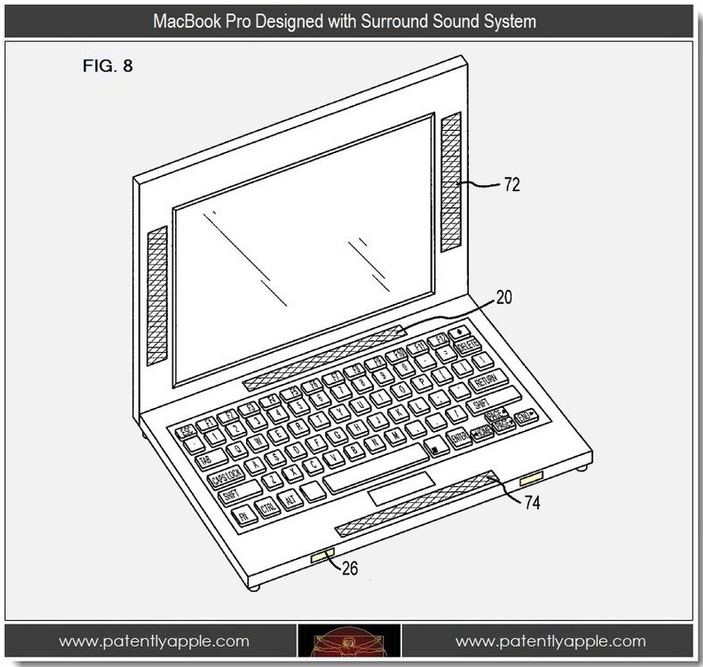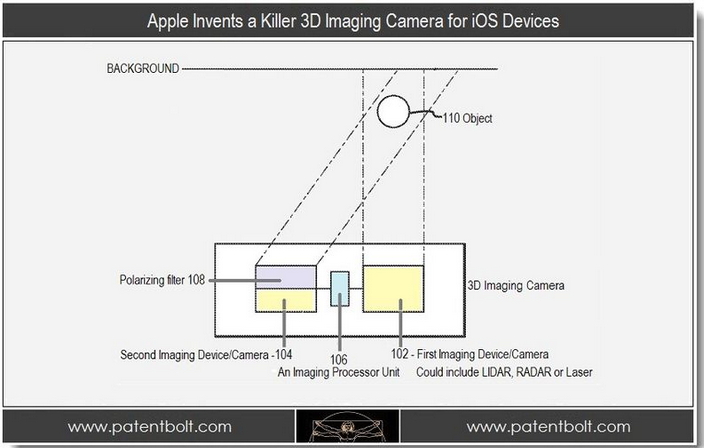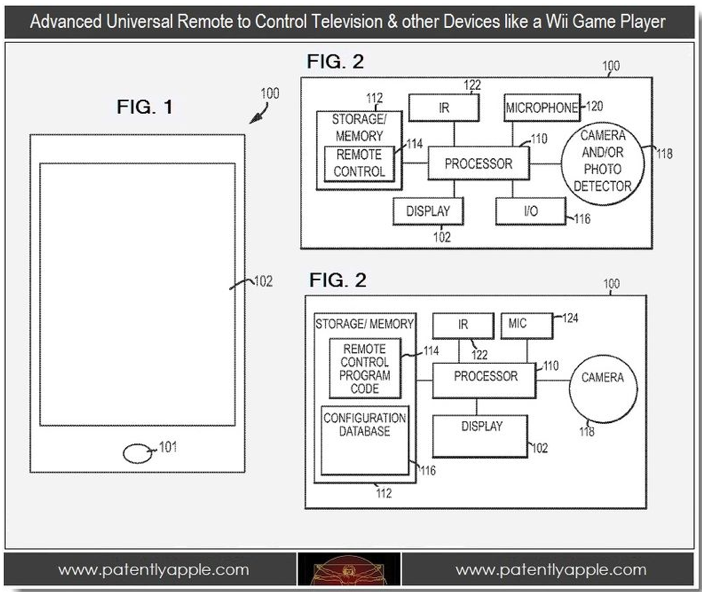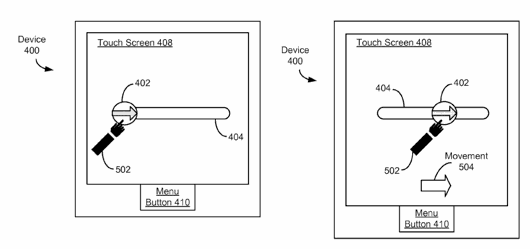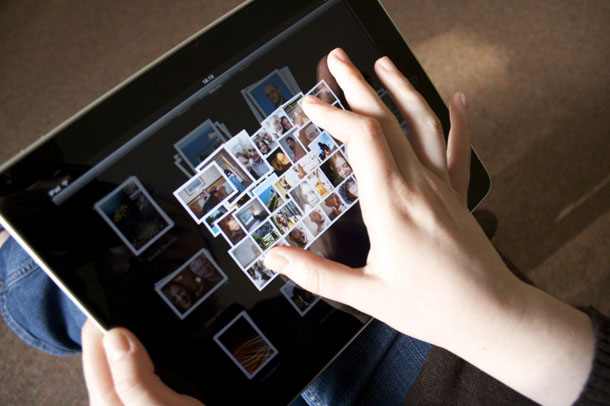Apple invents a flexible material to create truly seamless enclosures for MacBooks & other products

The US Patent & Trademark Office today published a new Apple patent application (via PatentlyApple) that details a flexible material that could be used as a hinge to create a seamless enclosure for devices like the MacBook, for example. Apple details a technical process of using specialized machinery to laser cut “flex apertures” and interlocking features in a rigid material to allow it to bend and function as a hinge. On top of creating a seamless enclosure, Apple claims the process would allow it to reduce the size of devices that are often increased due to traditional hinge solutions. Imagine if the enclosure of a MacBook didn’t include that black plastic hinge and instead appeared to be a seamless piece of aluminium connecting the display to the bottom half of the unibody.
While MacBooks might seem like the obvious application for Apple’s invention, it also notes the usual list of devices that could potentially use the technology including everything from smartphones to televisions and game consoles. The patent also shows the material being used on headphone cables to allow a flexible connection from the cable to the earbud to prevent damage, and on what appears to be an iPad Smart Cover-like accessory:
Expand
Expanding
Close

